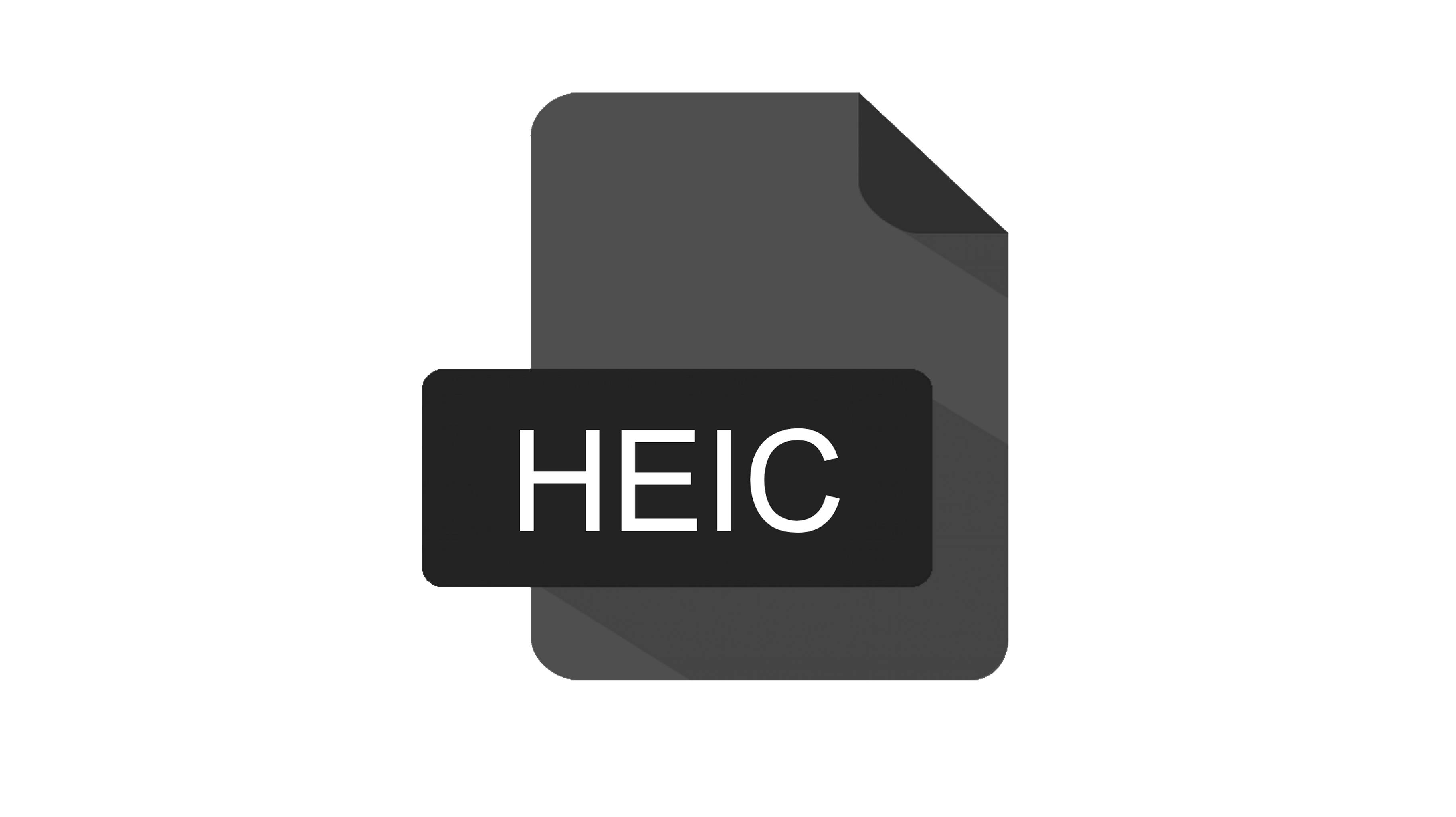In this article, I will cover how to write out images as Heic files in Java. We also have a related article covering how to read HEIC files in Java.
ImageIO does not write HEIC file types so you will need to use an external library or plugin. We believe that JDeli is the only pure, complete Java implementation available so we will document that.
If you are looking for a free solution, we recommend the Nokia library on GitHub (which includes Java wrappers).
How to write an image as a Heic file with JDeli
- Add JDeli to your class or module path. (download the trial jar).
- Create a File (or OutputStream) object
File file = new File("/path/to/outputFile.heic")); - Pass image, Heic type, and File (or OutputStream) object into write method
JDeli.write(bufferedImage, "heic", file);
In JDeli you can also use a typesafe version
JDeli.write(bufferedImage, OutputFormat.HEIC, file);or pass in a object for more control over Heic image output, such as level of Compression.
HeicEncoderOptions options = new HeicEncoderOptions();
JDeli.write(bufferedImage, options, file); Why do developers choose JDeli over free alternatives?
- Works with newer image formats such as AVIF, HEIC, JPEG XL, WEBP (AVIF next release) that are not supported in Java.
- Better support than alternatives for JPEG, PNG, TIFF.
- Process images up to 3x faster than ImageIO and other Java image libraries.
- Prevent JVM crashes caused by native code in other image libraries such as ImageIO.
- Image security as JDeli processes images on your servers with no calls to any external system or third party library.
Are you a Java Developer working with Image files?
// Read an image
BufferedImage bufferedImage = JDeli.read(dicomImageFile);// Read an image
BufferedImage bufferedImage = JDeli.read(heicImageFile);
// Write an image
JDeli.write(bufferedImage, "heic", outputStreamOrFile);// Read an image
BufferedImage bufferedImage = JDeli.read(jpegImageFile);
// Write an image
JDeli.write(bufferedImage, "jpeg", outputStreamOrFile);
// Read an image
BufferedImage bufferedImage = JDeli.read(jpeg2000ImageFile);
// Write an image
JDeli.write(bufferedImage, "jpx", outputStreamOrFile);
// Write an image
JDeli.write(bufferedImage, "pdf", outputStreamOrFile);
// Read an image
BufferedImage bufferedImage = JDeli.read(pngImageFile);
// Write an image
JDeli.write(bufferedImage, "png", outputStreamOrFile);
// Read an image
BufferedImage bufferedImage = JDeli.read(tiffImageFile);
// Write an image
JDeli.write(bufferedImage, "tiff", outputStreamOrFile);
// Read an image
BufferedImage bufferedImage = JDeli.read(webpImageFile);
// Write an image
JDeli.write(bufferedImage, "webp", outputStreamOrFile);
